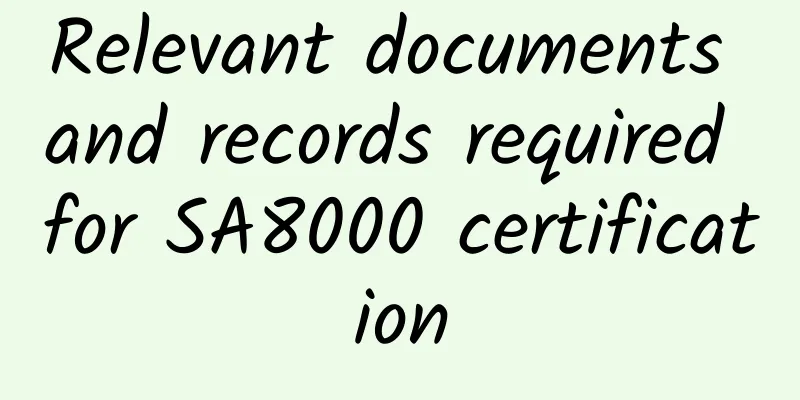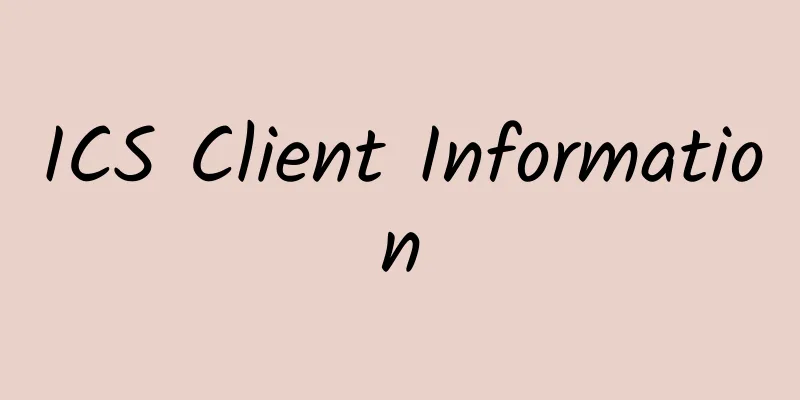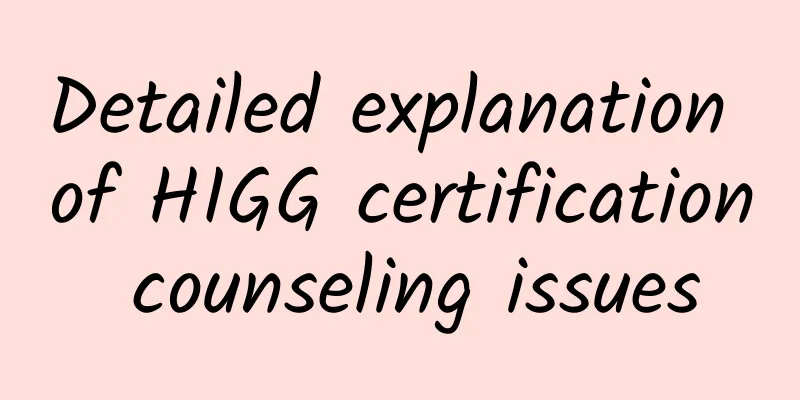Target factory audit assessment three major requirements

|
1. Metal object management Sharp objects can easily pose a risk of cutting or puncturing the wearer. It can also easily lead to health problems. Known items: Broken needle Embroidery needle Pins or staples Safety pin Broken or thorny accessories Metal zipper Accessories with sharp points or edges cable brooch 1-2. Needle Management Process 1-2-1. Workers and operators cannot possess any needles other than those on the machine. 1-2-2. All excess needles must be kept by the supervisor in a secure, locked location and the quantity/type must be recorded. 1-2-3. Only supervisors can issue needles 1-2-4. If the needle in the machine becomes blunt, the supervisor will issue a new needle and take back the old needle for proper disposal. It is usually recommended to discard it in a planned location. 1-2-5. If the needle is broken, the broken part must be found. A new needle can only be issued after all the broken parts are found. 1-2-6. If some parts cannot be found, you must follow the steps below a. Use a handheld needle detector to inspect within the range of finished items. It is recommended to use a wooden table away from the production line. b. Cardboard boxes or plastic bags must be used in specific areas to prevent broken needles from falling onto the floor. c. Use a small magnet to find the broken needle around the sewing machine. d. If it cannot be found, the entire garment must be destroyed. e. Production cannot be resumed until the problem is resolved as described above. 1-2-7. The broken needle part must be immediately glued to the record sheet with glass glue. 1-2-8. In order to ensure that the supervisor can retrieve all parts, a card with a sample needle must be attached for reference where various needles are used. 1-2-9. The record of broken needles must include the following information: machine type, size and operation. 1-2-10. The needle change record must correspond to the needle breakage record. 1-2-11. Manual needles must be issued by the supervisor every day, on time and in accordance with regulations. And records must be kept. If a manual needle is lost, it must be checked in the user's relevant area. If it cannot be found, follow the above machine needle breaking process. 1-2-12. The needle detector should be placed in a separate area 1-3. Metal tool strategy 1-3-1. Metal tools for temporary use: These metal tools need to be stored in a separate area when not in use, such as electric scissors, large scissors, etc. 1-3-2. Some metal tools must be fixed around the machine or the employee's neck during work, such as small scissors. 2. Quality Control System
a. Keep it normally open b. Logo c. Not blocked 3-2. Conduct fire drills once a year and keep records 3-3. Fire extinguishers need to be maintained and recorded 3-4. Personal protective equipment: anti-cut metal gloves, protective glasses, masks, etc. 3-5. Hazardous chemicals must have clear MSDS and be properly stored in independent areas. 3-6. Machine protection device 3-7. First aid kit: Near the first first aid kit, there should be photos of trained and certified staff, emergency phone numbers, emergency protection instructions, etc. Also, make sure there are enough medicines. At least one on each floor.
4-2. Workshop a. The product cannot be dragged on the ground b. Keep the machines and workshops clean and tidy c. Each working group needs to place a confirmation sample d. Keep aisles clear e. Product flow such as discharge in an efficient manner 4-3. Packaging area a. The packaging area must be independent, clean and bright. b. Confirmation samples must be placed during inspection c. Products from different customers need to be clearly separated and marked immediately after packaging. |
<<: Disney Factory Chemical Waste Management Procedure
Recommend
DANA Wallet—Indonesian Alipay
DANAWallet is one of the mainstream e-wallets in ...
Several issues about BSCI factory audit
Several issues about BSCI factory audit What prod...
Shopee seller store management, setup, and decoration
1. Shopee/" target="_self">Shop...
See how "Silk Cube" easily enters the international market
How Silk Cube Textile Co., Ltd. grew from a small...
Spredfast--Social Platform Monitor
What is Spredfast? Spredfast was founded on March...
Does drinking beer have carbon emissions? To make you drink beer without burden, beer manufacturers are also trying their best
“Do we have to pay attention to carbon emissions ...
How is AB Ke? What are the advantages of AB Ke?
How about AB Guest? AB Ke is committed to providi...
Shanghai Chaowang Anti-Counterfeiting Statement
Dear Customer: Recently, some people have used ou...
What is FDA certification? What is CE certification?
As the overseas epidemic intensifies, masks, gogg...
eBay Sellers’ Guide to Ending Your Listing Early
During the eBay sales process, you may not be abl...
Common fire safety issues and solutions during BSCI factory audits (XII) Fire escape routes blocked by cargo
Problem phenomenon: The fire escape passage is bl...
ISO14001 standard solid waste treatment
Questions about ISO14001 standard solid waste trea...
Procedures and requirements for EUROPEAN FLAX certification
1. Bureau Veritas certification must disclose at ...
Where should I start planning my eBay store operations? (Part 2)
eBay store operation is the key to whether eBay s...
What is Fusionzoom? What are the features of Fusionzoom?
What is Fusionzoom? Fusionzoom (Ark) ERP focuses ...









